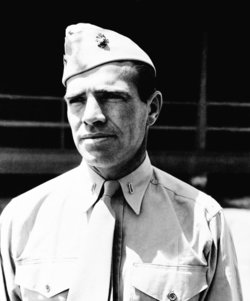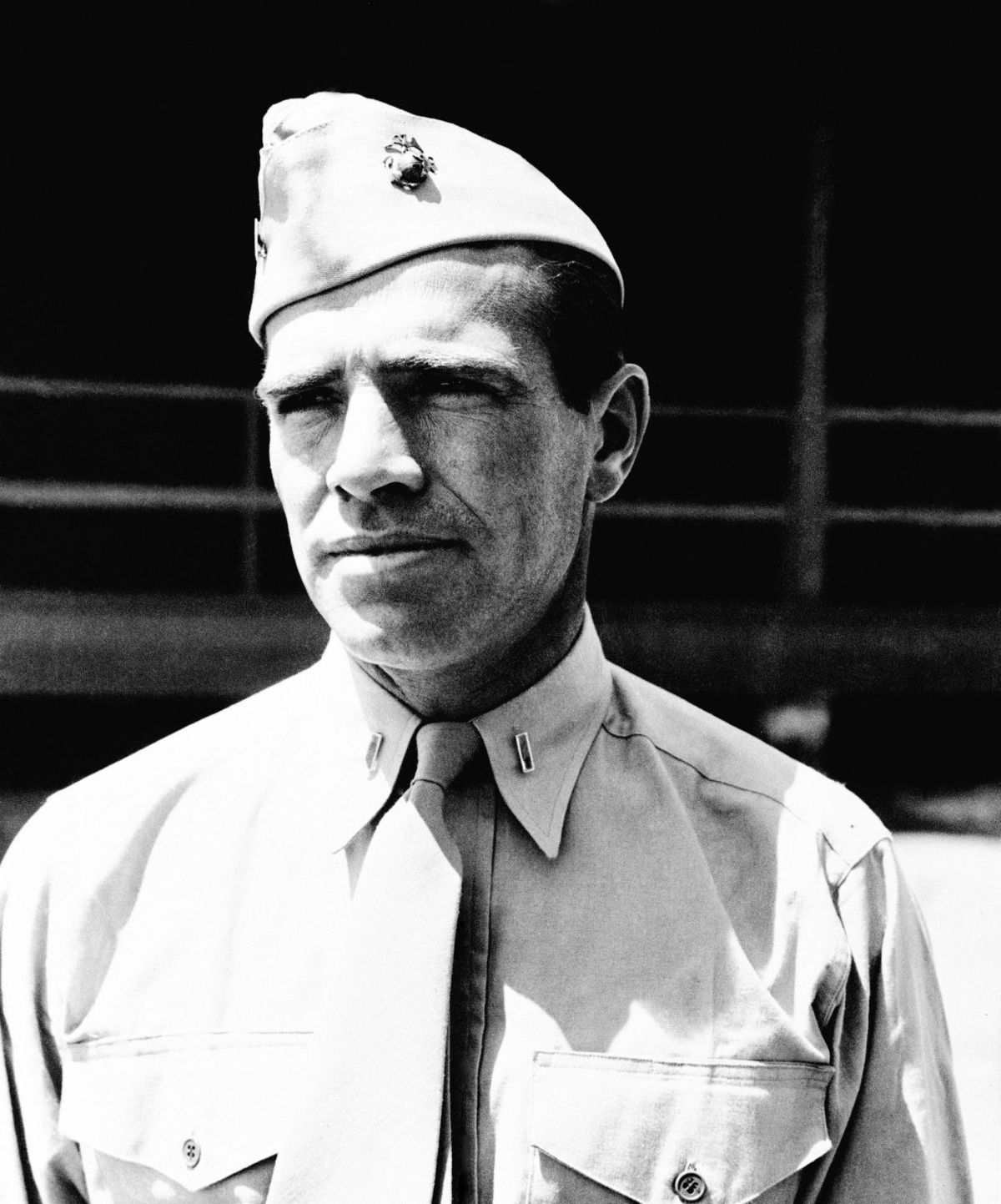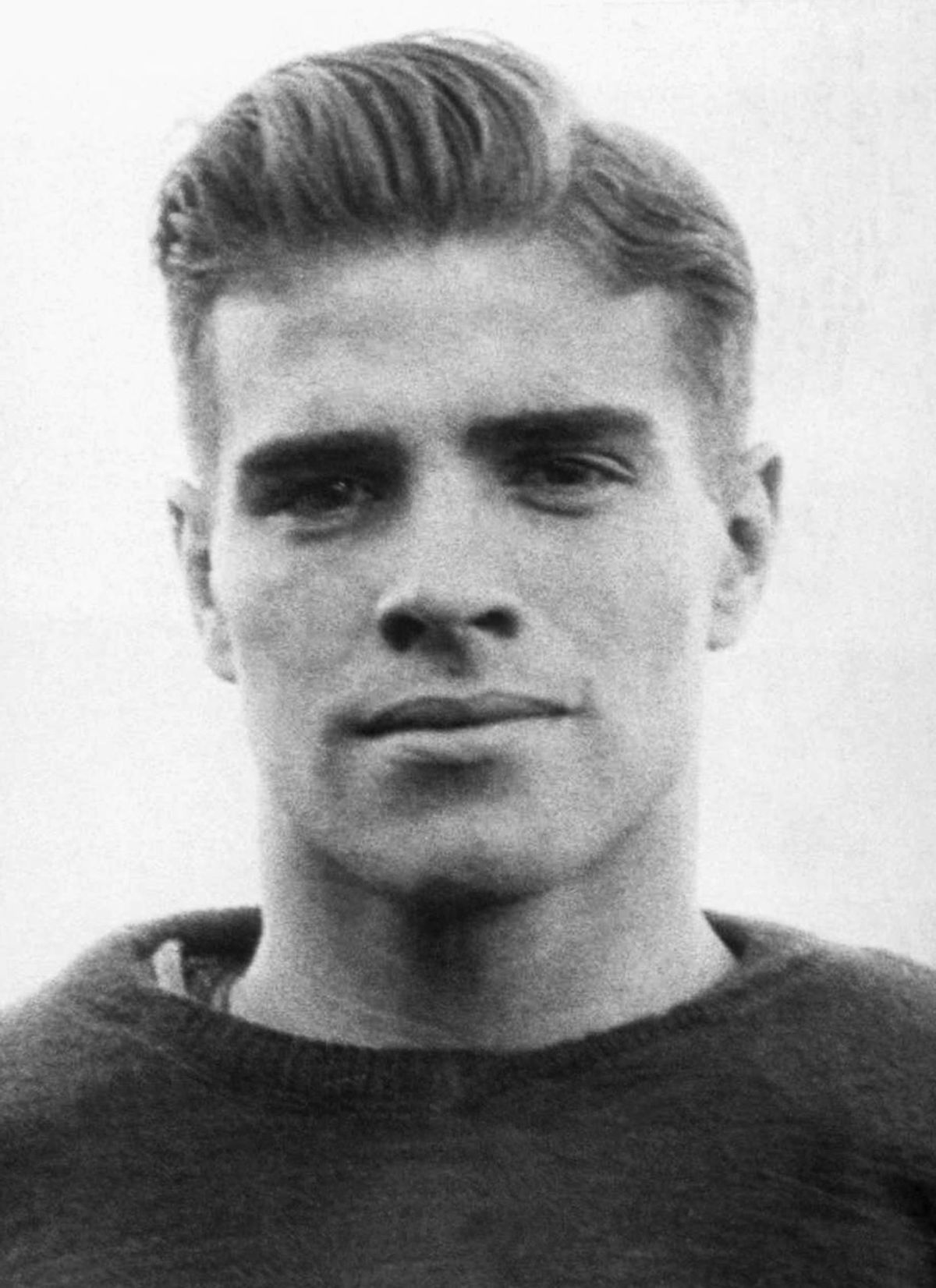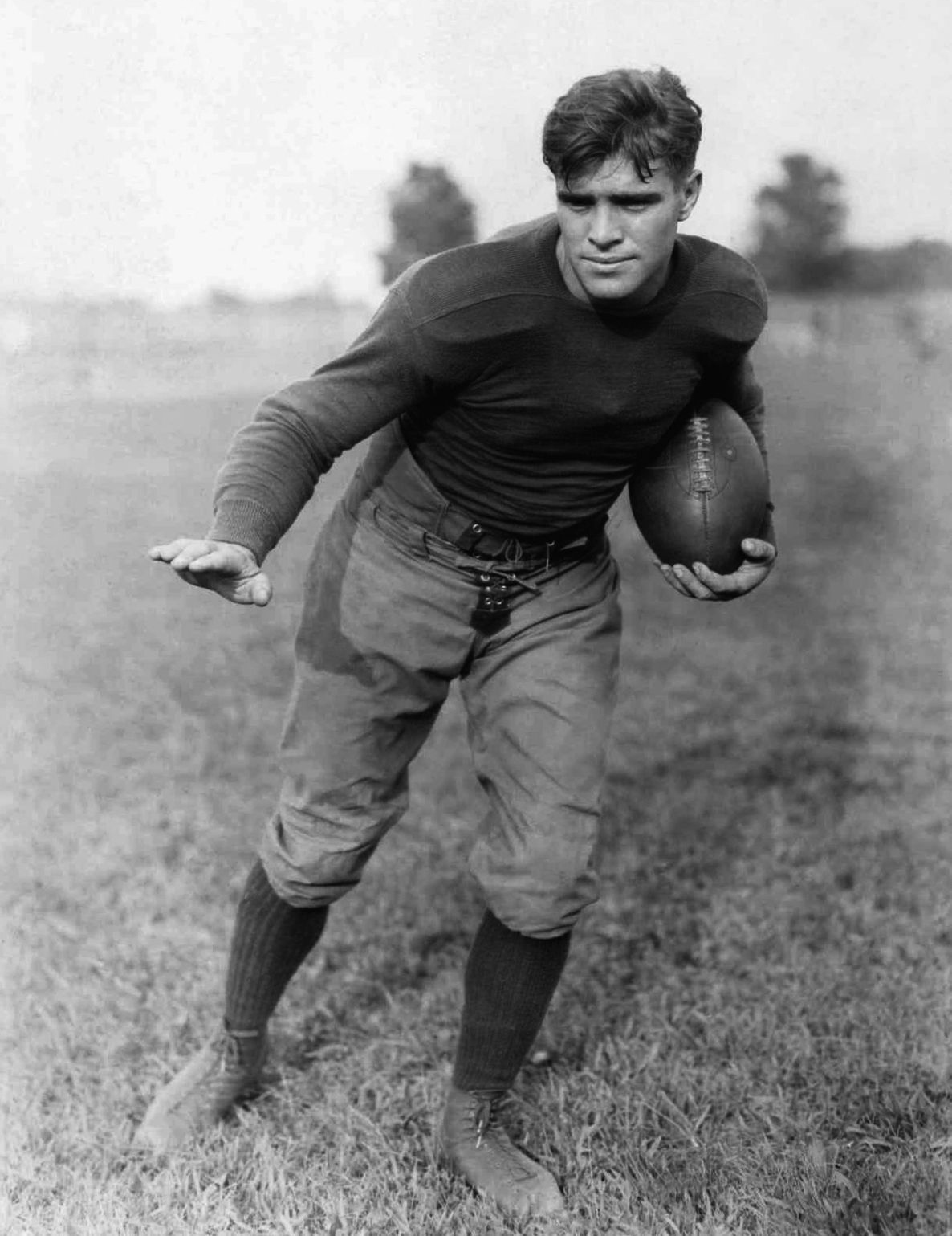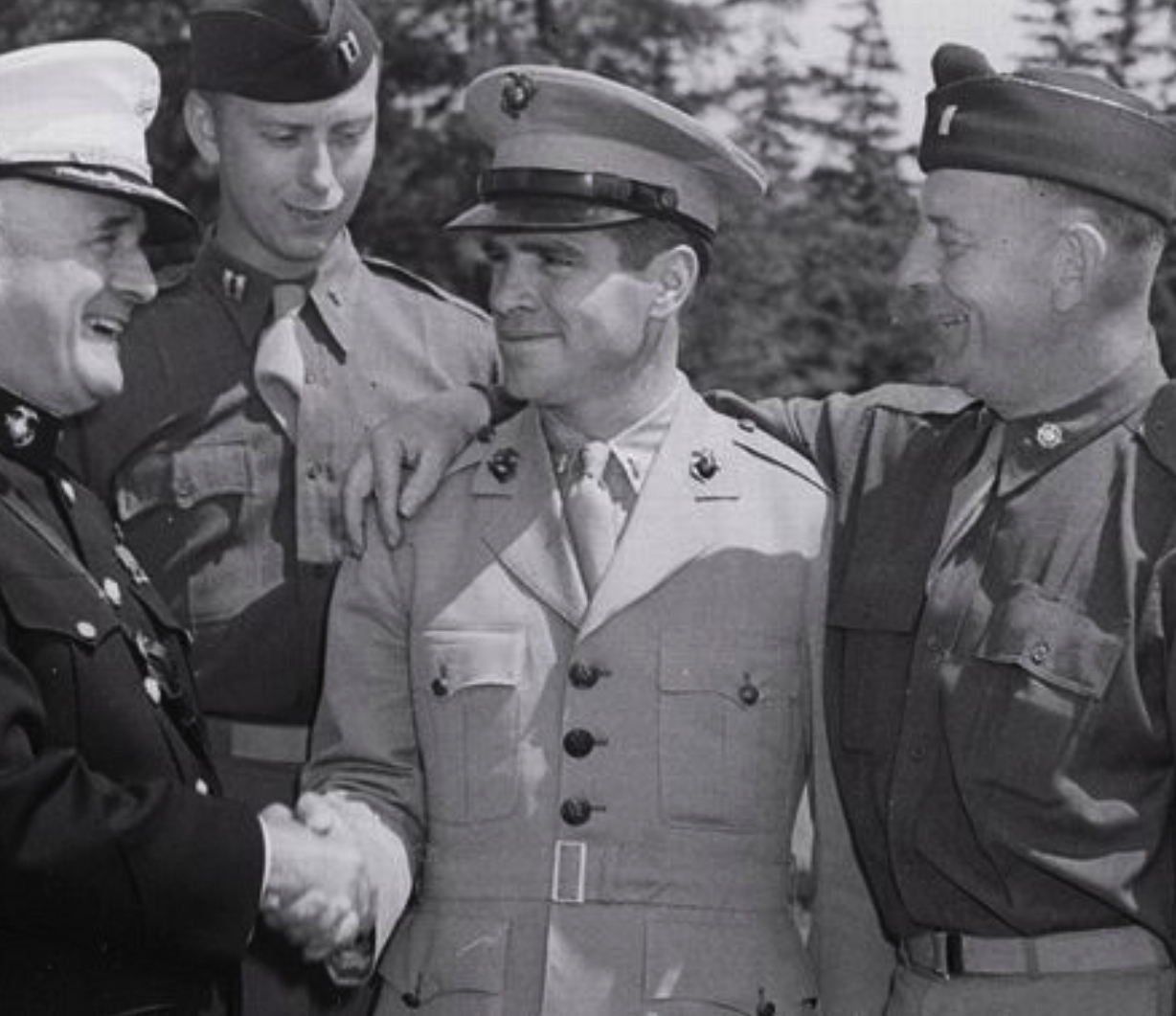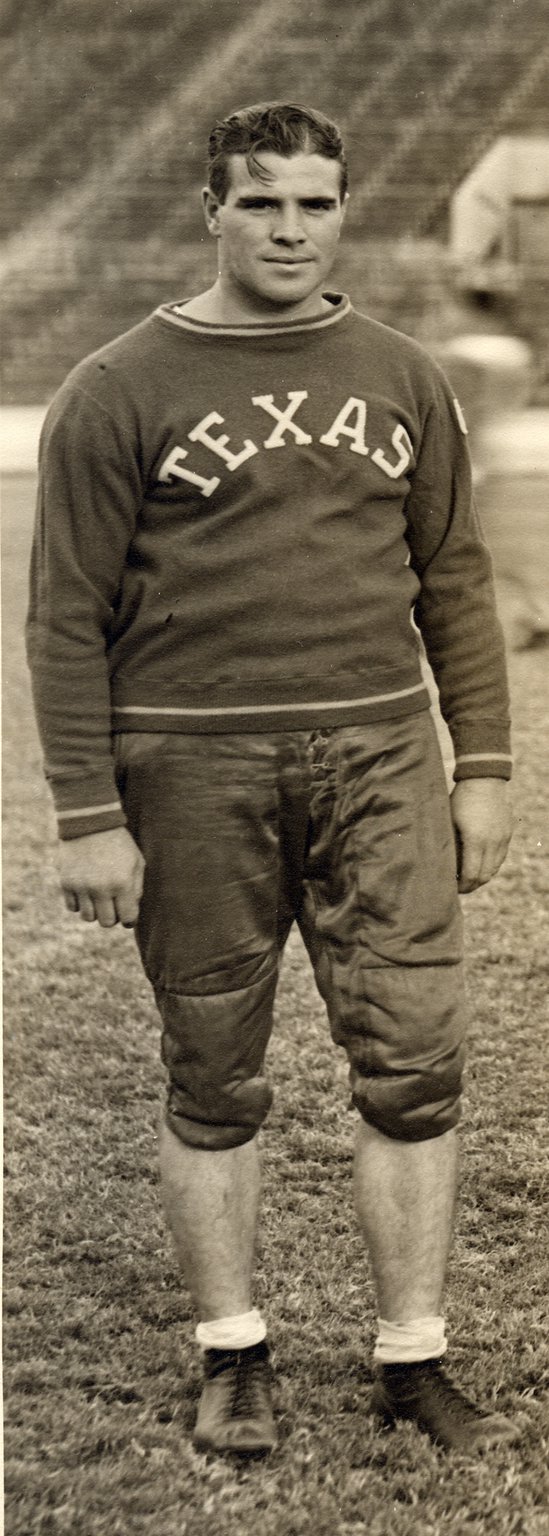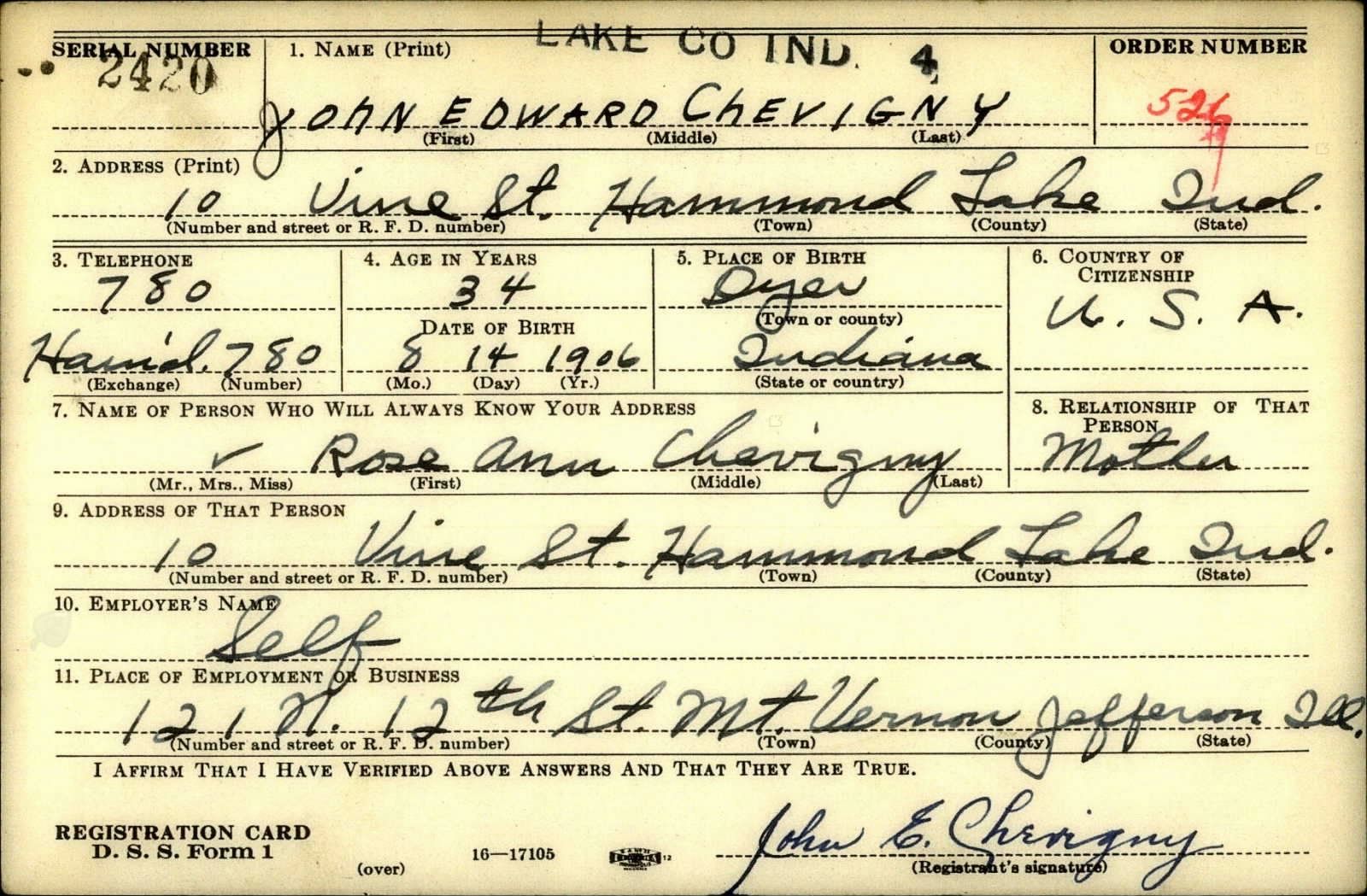Part of the great legend of Notre Dame football was that Chevigny scored the winning touchdown against Army after Knute Rockne's famous "Win One for the Gipper" halftime speech, and that Chevigny said "That's one for the Gipper," as he crossed the goal with the winning score. Knute Rockne had related the details in an autobiography published in Collier's magazine in 1930. Actually, Chevigny scored the tying touchdown against Army, to even the score 6–6, and Johnny O'Brien ran for the 12–6 gamewinner, although both players were inspired by Rockne's speech.[1][2]
Chevigny played for Notre Dame from 1926 to 1928 and later was an assistant coach under Rockne. After Rockne's death in 1931, the Hammond, Indiana native left Notre Dame and coached the Chicago Cardinals of the NFL to a 2–6–2 record in 1932. He left to become head coach at St. Edward's University, a sister school of Notre Dame, in Austin, Texas. So, when the University of Texas began looking for a new coach in 1934, Chevigny was conveniently in the same city. Chevigny's greatest moment came in just the second game of his career, when he directed a 7–6 victory over his alma mater, Notre Dame. The team finished the season at 7–2–1. His 1935 team didn't fare as well and Chevigny finished his Texas coaching career with a 13–14–2 record in three seasons, and was the only Texas head coach in history to have a losing record overall.
Chevigny died as a United States Marine Corps first lieutenant on the first day of the Battle of Iwo Jima during World War II. Another legend surrounding Chevigny is that, after the 1934 victory, he had been presented a fountain pen with the inscription "To Jack Chevigny, a Notre Dame boy who beat Notre Dame," and that on September 2, 1945, the pen was discovered in the hands of one of the Japanese envoys at the surrender of Japan on the USS Missouri, and that the inscription was changed to read, "To Jack Chevigny, a Notre Dame boy who gave his life for his country in the spirit of old Notre Dame."[3] The legend, which surfaced in conjunction with the 1945 anniversary of the 1928 game,[4] has been a part of Notre Dame lore ever since.
Part of the great legend of Notre Dame football was that Chevigny scored the winning touchdown against Army after Knute Rockne's famous "Win One for the Gipper" halftime speech, and that Chevigny said "That's one for the Gipper," as he crossed the goal with the winning score. Knute Rockne had related the details in an autobiography published in Collier's magazine in 1930. Actually, Chevigny scored the tying touchdown against Army, to even the score 6–6, and Johnny O'Brien ran for the 12–6 gamewinner, although both players were inspired by Rockne's speech.[1][2]
Chevigny played for Notre Dame from 1926 to 1928 and later was an assistant coach under Rockne. After Rockne's death in 1931, the Hammond, Indiana native left Notre Dame and coached the Chicago Cardinals of the NFL to a 2–6–2 record in 1932. He left to become head coach at St. Edward's University, a sister school of Notre Dame, in Austin, Texas. So, when the University of Texas began looking for a new coach in 1934, Chevigny was conveniently in the same city. Chevigny's greatest moment came in just the second game of his career, when he directed a 7–6 victory over his alma mater, Notre Dame. The team finished the season at 7–2–1. His 1935 team didn't fare as well and Chevigny finished his Texas coaching career with a 13–14–2 record in three seasons, and was the only Texas head coach in history to have a losing record overall.
Chevigny died as a United States Marine Corps first lieutenant on the first day of the Battle of Iwo Jima during World War II. Another legend surrounding Chevigny is that, after the 1934 victory, he had been presented a fountain pen with the inscription "To Jack Chevigny, a Notre Dame boy who beat Notre Dame," and that on September 2, 1945, the pen was discovered in the hands of one of the Japanese envoys at the surrender of Japan on the USS Missouri, and that the inscription was changed to read, "To Jack Chevigny, a Notre Dame boy who gave his life for his country in the spirit of old Notre Dame."[3] The legend, which surfaced in conjunction with the 1945 anniversary of the 1928 game,[4] has been a part of Notre Dame lore ever since.
Inscription
First Lieutenant (1Lt), Headquarters & Service Company, 27th Marine Regiment, 5th Marine Division, Fleet Marine Force, U.S. Marine Corps (Marine Corps Reserve), World War II
Gravesite Details
Entered the service from Indiana.
